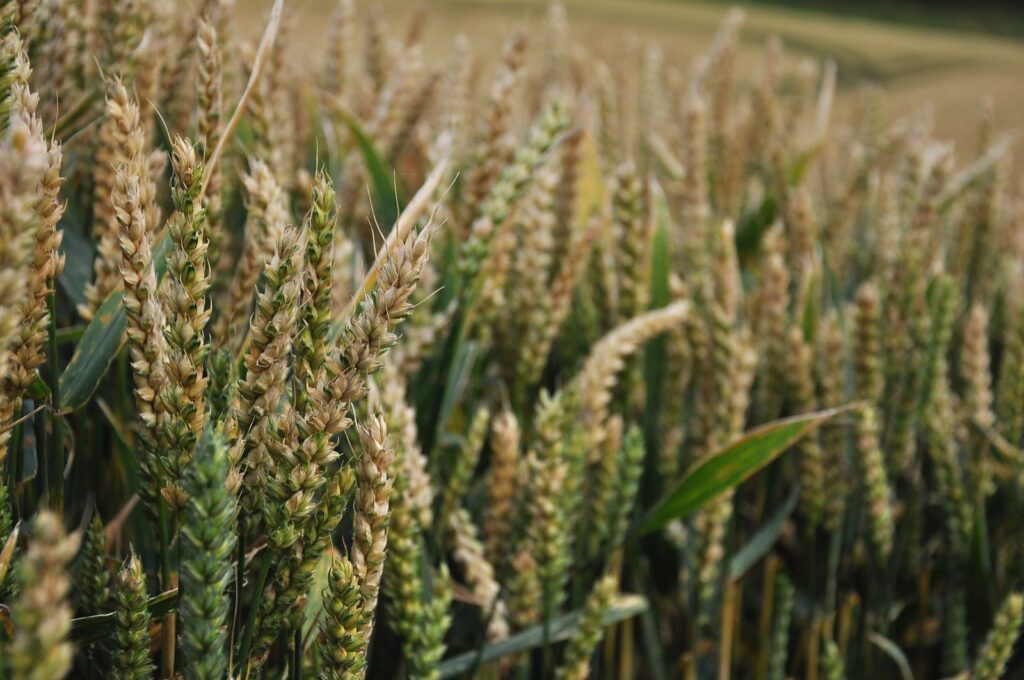Latitude seed treatment deemed effective for take-all risk management
23rd May 2023
Trials last year underlined the economic benefit of managing take-all with a seed treatment in risky situations and should be considered when ordering winter wheat seed for 2023 drilling.
The soil-borne pathogen Gaeumannomyces tritici is ever present in UK arable soils, building to yield-robbing levels when a second, third or even fourth cereal is grown.
At it’s most damaging on light, sandy soils, take-all can cause yield losses of up to 50% in winter wheat, and crops are increasingly being affected as the UK climate warms.
Certis Belchim seed treatment specialist Adam Nears said this increases the need for protection against the disease where there is risk and work last year by ADAS reinforces this argument.
The fully replicated trial, carried out by ADAS plant pathologist Chloe Morgan, tested four different winter wheat varieties, each treated with a single-purpose dressing (SPD), or SPD plus Latitude (silthiofam) seed treatment.
It showed that picking the right variety can reduce the impact of take-all on the crop, with plant assessments in the SPD-only treatments showing less severe root damage on Palladium than Extase, for example.
At harvest, yield results showed a clear benefit from Latitude – the only fungicide approved for the control of take-all – in all four varieties.
Extase produced 1.9t/ha extra with Latitude, Palladium 0.9t/ha, and the average response across all varieties in the trial was 1.4t/ha.
“Our Latitude Cost Benefit Calculator assumes a more modest 0.55t/ha response, taken as a medium risk average from many years’ of trials,” Miss Morgan explained.
“With treatment costing about £230/t, harvest 2024 wheat futures at £200/t, and assuming a seed rate of 250kg/ha drilled in mid-October, the online tool shows that just 0.28t/ha is needed to cover treatment cost, delivering a respectable margin of £53.75.”
Miss Morgan is running a similar trial in 2023 and after first visual assessments in plots, take-all symptoms are not as obvious this year.
She suspects this is down to infected plants having easier access to water and nutrients, unlike last year when drought exacerbated symptoms, resulting in stunted plants, bleached ears known as “white heads” and early senescence.
“It doesn’t mean take-all isn’t there and it will be building on roots, so we may see signs during later observations in late June or early July.
“The data from last year’s trial showed that where planting second and consecutive wheats, the use of Latitude seed treatment is a useful risk management strategy to protect against yield loss.”

